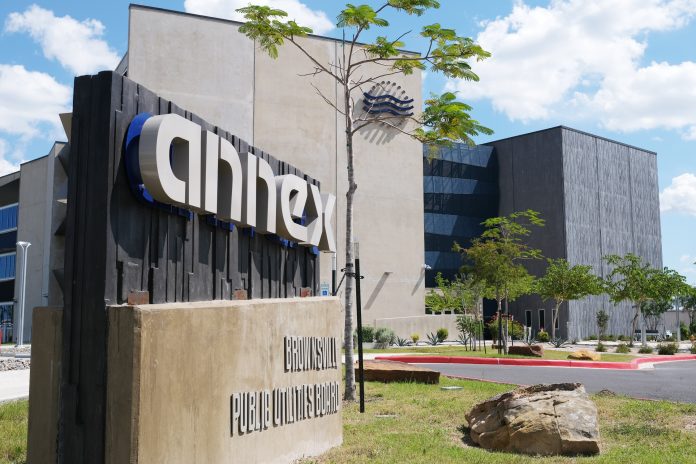
The Brownsville Public Utilities Board has lifted water-use restrictions under Stage 2 of its drought contingency plan, though voluntary Stage 1 restrictions will remain in place.
The Stage 2 restrictions were imposed in late July after the combined U.S. share of water ownership in the Amistad and Falcon international reservoirs dipped below 25 percent capacity. As of Jan. 6, however, water levels have been above 30 percent capacity for three months, which triggered BPUB’s lifting of the Stage 2 restrictions.
BPUB Interim General Manager and CEO Marilyn Gilbert thanked the utility’s customers “who made great efforts to conserve water under Stage 2.”
“Water conservation helps ensure BPUB can continue to supply safe, clean drinking water to the city of Brownsville,” she said.
A lackluster 2022 hurricane season from a rainfall perspective is a major reason the low reservoirs are so low, with moisture being scarcer than normal the last two or three years. Further, BPUB’s Stage 1 restrictions aren’t likely to be rescinded anytime soon, with National Weather Service meteorologists forecasting likely drought development over the Rio Grande watershed through the first quarter of this year.
BPUB asks that customers irrigate landscaped areas from midnight to 7 a.m., or 7 p.m. to midnight, twice weekly maximum; irrigate landscaped areas with a handheld garden hose, soaker hose, bucket or watering can, hose-end sprinkler, irrigation system, computer-controlled or drip irrigation system in order to reduce waste; and reduce or discontinue water use for non-essential purposes such as washing paved or other hard-surfaced areas, except to eliminate public safety and/or health hazards.
The fact that some rain fell on the watershed in recent months helped lift levels above the 30-percent threshold, as did cooler weather, which reduces water demand, said BPUB Communications Manager Ryan Greenfeld.
“Plus I do think it has helped that not just BPUB but most utilities in the Valley have also been under some type of restrictions as well,” he said.
Greenfeld noted that each utility is responsible for creating its own drought plan, and the water levels that trigger restrictions aren’t necessarily the same from utility to another.
“So some might be a little bit later to rescind (restrictions),” he said. “I think there’s even a couple of communities who never went into drought restrictions based on their triggering levels.”
At any rate, he believes drought-plan restrictions do help, even when they’re voluntary, Greenfeld said.
“If nothing else what it does is it puts the idea of water conservation and the need for it foremost in customers’ minds, so it’s something they’re a little bit more conscious of when they go in to take a shower for example,” he said. “They’re maybe a little more aware of where that water is going and how it important it is.”
Maintaining awareness is what it’s all about, Greenfeld said, adding that it’s possible Stage 2 restrictions could be imposed again, depending on what happens rain-wise when the hot weather returns.
“We’ll be continuing to monitor the conditions,” he said. “Once it gets warmer, once we get more into the summer, we’ll have to look and see then where we are. There might be a need to go into restrictions later. Really a lot just depends on weather more than anything.”




